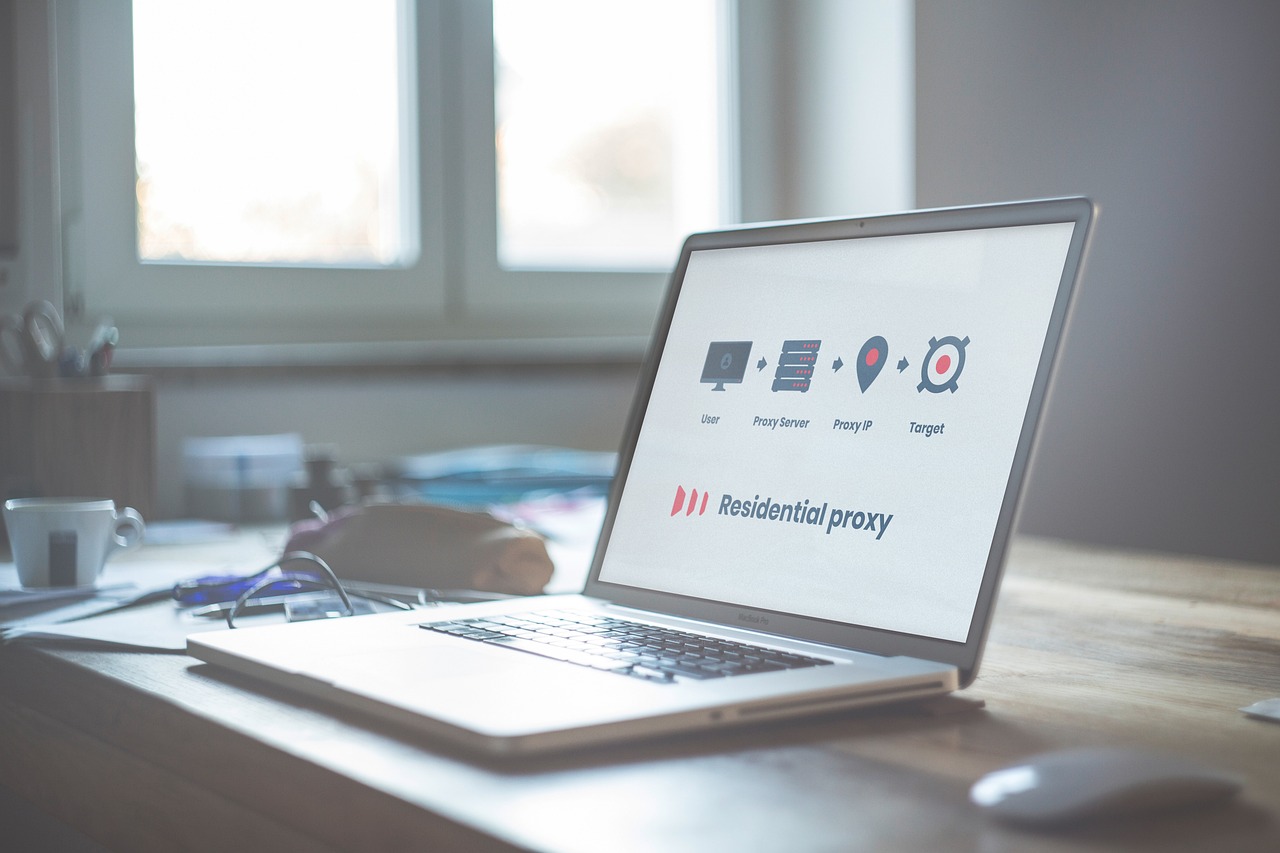Payment Gateway Security in India: Best Practices

Strong 8k brings an ultra-HD IPTV experience to your living room and your pocket.
Ensuring secure online payments is vital for any business. The rise in digital transactions has led to a significant increase in payment fraud and security breaches. Here is a detailed guest post of the best practices for ensuring the best payment gateway security in India. Implementing these practices will help you protect your customers and business from potential threats.
What is Payment Gateway Security?
Payment gateway security refers to the methods and technologies used to safeguard financial transactions through online payment gateways. It protects sensitive data, such as card details and personal information, from unauthorised access and fraud.
Importance of Payment Gateway Security
In 2022, payment fraud involving credit cards and digital wallets accounted for 92% of all customer frauds reported in India. This statistic highlights the urgent need for strong security measures in online payment systems. Businesses must prioritise the best payment gateway security to maintain customer trust and avoid legal and financial repercussions.
Best Practices for Payment Gateway Security
Here are some best practices to undertake to ensure payment gateway security for online transactions:
1. Integrating EMV 3DS 1.0
EMV 3DS 1.0 is a security protocol that adds an extra layer of authentication for online transactions. It verifies the cardholder's identity, reducing the risk of unauthorised use. This protocol can include biometric scans or PIN codes for verification. Implementing this enhances customer confidence by providing additional protection against fraud.
2. Implement Data Encryption
Data encryption is crucial for protecting sensitive payment information. Encrypting data ensures that only authorised parties can access and decode the information. Use TLS (Transport Layer Security) and SSL (Secure Sockets Layer) protocols to encrypt data transmitted over the internet. Check if the e-commerce websites you use display "https://" in the URL and have a padlock icon, indicating a secure payment system.
3. Ensure PCI-DSS Compliance
The Payment Card Industry Data Security Standard (PCI-DSS) is a set of guidelines for securing cardholder data. To be PCI-DSS compliant, businesses must:
Maintain a secure network to process payments: Use robust firewalls to protect against security threats.
Avoid using default passwords provided by manufacturers: Allow customers to change their credentials on your website or payment gateway whenever necessary.
Encrypt cardholder data during transmission: Ensure all data is encrypted before it is transferred online.
Keep systems and software updated: This prevents vulnerabilities and provides maximum data protection.
Restrict access to cardholder data: Only authorised personnel should access cardholder data electronically and physically.
4. Choose the Right Payment Gateway
Selecting a reliable payment gateway is essential for maintaining payment security. Ensure the payment gateway you choose is well-known and has robust security measures. Investing in a secure payment gateway can save your business from potential cyber risks and financial losses.
5. Keep Operating Systems Updated
Regularly updating your operating systems is a proactive measure to prevent data breaches. Updated systems are less vulnerable to hacker attacks and other security threats. Always ensure your systems have the latest security patches and updates installed.
6. Implement Payment Tokenization
Payment tokenisation replaces sensitive card information with a unique identifier or token. This process ensures that even if the token is intercepted, it cannot be used to retrieve the original card details. Tokenisation reduces the risk of data breaches and enhances overall payment security.
7. Enable Two-Factor Authentication (2FA)
Two-factor authentication adds an extra layer of security by requiring two forms of identification before granting access. For example, a one-time password (OTP) is sent to the user's registered mobile number after entering a username and password. This process ensures that only the rightful user can complete the transaction, making it more secure.
8. Verify Transaction Details
Verifying transaction details, such as CVV, billing address, phone number, and email ID, helps reduce the risk of unauthorised payments. Ensure your payment gateway checks these details before approving a transaction.
9. Implement Fraud Prevention and Monitoring Systems
Use fraud prevention and monitoring systems to detect and prevent suspicious transactions. These systems analyse transaction patterns and flag any unusual activities. Big data analytics and machine learning allow businesses to accurately distinguish between normal and suspicious transactions.
10. Train Employees on Security Measures
Educate your employees about online payment security. Conduct regular training sessions to ensure they understand data protection guidelines and can identify potential threats. Well-informed employees are better equipped to handle security issues effectively.
11. Communicate Security Measures to Customers
Inform your customers about the security measures you have in place. This transparency builds trust and assures customers that their data is protected. For example, let them know you use EMV 3DS 1.0 and two-factor authentication for added security.
Things to Remember Before Making an Online Payment
Online payment security isn't just the responsibility of businesses; customers also need to be vigilant. Here are some key points to remember to ensure your transactions are secure:
Never share your card data or passwords with anyone. Banks and financial service providers have safe protocols to gain admin access to an account if needed.
Use strong passwords that you can remember and change them frequently. Avoid writing them down.
Dispute any suspicious charges on your card or accounts immediately. You have a legal right to a resolution.
Conclusion
Securing your payment gateway protects your business and customers from fraud. By implementing best practices like data encryption, PCI-DSS compliance, EMV 3DS 1.0, and two-factor authentication, you can ensure a safe and secure payment experience. Stay proactive by updating your systems and training your employees on security measures. Transparency with your customers about these measures will build trust and enhance your business reputation.
Note: IndiBlogHub features both user-submitted and editorial content. We do not verify third-party contributions. Read our Disclaimer and Privacy Policyfor details.







